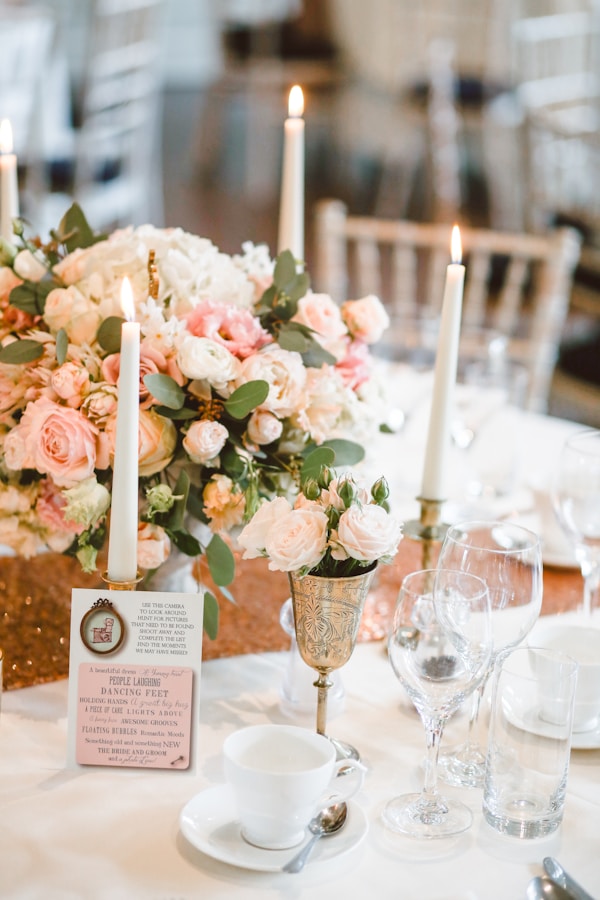Expert Guide: How to Handle Alterations for a Wedding Dress with a Layered Bodice
Understanding the Importance of Proper Alterations for a Wedding Dress
Choosing the perfect wedding dress is a crucial part of preparing for your big day. A stunning gown can make you look and feel like a princess. However, one of the most important aspects often overlooked is the alterations that may be needed to ensure the dress fits perfectly, especially when dealing with a layered bodice. In this guide, we will delve into how to navigate the world of wedding dress alterations, particularly for those beautiful dresses featuring layered bodices.
Why Alterations are Necessary
Every bride comes in unique shapes and sizes, and Wedding dresses are rarely "one size fits all." This is where alterations come into play. They are essential to creating a flawless fit that highlights your curves and flatters your figure. Here are some reasons why alterations are necessary:
- Achieve the Perfect Fit: A professionally altered gown can accentuate your body shape, giving you confidence on your special day.
- Enhance the Design: Alterations can enhance the intricate details of layered bodices, ensuring that the layers fall perfectly.
- Ensure Comfort: You will want a dress that feels as good as it looks, making comfort a priority.
Common Issues with Layered Bodices
Layered bodices offer a romantic and dynamic look, but they can present unique challenges during alterations. Here are some common issues you may encounter:
- Too Loose or Tight: The multiple layers can cause some areas to fit differently, leading to an ill-fitting dress.
- Uneven Hemlines: The layering needs to be evenly balanced, or else it may look unintentional.
- Layer Separation: The layers may stray or separate, losing their intended design elements if not properly secured.
How to Approach Alterations for a Layered Bodice
When dealing with alterations, especially for a layered bodice, it’s crucial to follow a well-thought-out process. Here’s a step-by-step guide:
1. Choose a Skilled Seamstress
Finding a seamstress with experience in wedding dress alterations is essential. Look for someone who has dealt with layered bodices before. Read reviews, ask for recommendations, and view their previous work.
2. Schedule an Initial Fitting
Your first step is to schedule an initial fitting. Be sure to wear the correct undergarments (like a bridal corset) to get the most accurate fit. During this appointment, the seamstress will pinpoint the areas that require alterations.
3. Discuss Your Vision
Communicate clearly with your seamstress about how you envision the final look. Bring photos or inspiration boards to clarify your preferences. This is especially important for dresses with layered bodices, as you may want to maintain certain design elements.
4. Consider Multiple Fittings
Layered bodices may require multiple fittings due to their complexity. Allow sufficient time for your alterations process, ideally starting at least a few months before your wedding date.
5. Pay Attention to Layering Techniques
Ask your seamstress about their approach to altering layered bodices. The techniques used can significantly affect the final outcome. Here are some techniques your seamstress might use:
| Technique | Description |
| Gathering | This can add volume to the layered bodice and ensure that each layer sits comfortably on top of the other. |
| Taking in or Letting Out | Balances the fit while providing room for movement or a snug fit as desired. |
| Hem Adjustments | Ensures that the lower layers balance each other aesthetically and practically, preventing dragging on the floor. |
Cost Considerations
When planning your wedding budget, it's important to factor in alteration costs. On average, bridal alterations can range from $150 to $500, depending on the complexity of the alterations needed. Layered bodices may lean towards the higher end of this range due to the additional time and skill required. Keep in mind these costs vary widely based on location, skill level of the seamstress, and the specific changes needed. In metropolitan areas, for example, the prices may be significantly higher compared to rural settings.

Frequently Asked Questions
What should I bring to my fitting?
Bringing your wedding shoes, any undergarments you plan to wear on the day, and any accessories can help in achieving the best fit during your fitting sessions.
How long do alterations usually take?
Alterations typically take 4-8 weeks, depending on the workload of the seamstress and the complexity of the alterations.
Can I alter my dress after purchase if I change my mind about the style?
Yes, many alterations can be made even after purchase. However, keep in mind that some changes may not be possible without compromising the integrity of the dress.
Conclusion: Perfecting Your Dream Dress
Properly handling alterations for a wedding dress with a layered bodice can transform the dress into the perfect piece for your special day. It’s essential to choose a skilled seamstress, communicate your vision clearly, and allow ample time for multiple fittings. Remember that alterations not only ensure a flawless look but also enhance the overall aesthetic of your layered bodice, making it a stunning focal point of your wedding attire. Keep your budget in mind, and don’t hesitate to ask questions throughout the process. With the right approach, your wedding dress will be everything you’ve dreamed of and more!
Ultimately, the key takeaway is to invest time and care in ensuring that your dress fits impeccably. The happiness and confidence you feel in a beautifully altered gown will be a cherished memory on your wedding day.